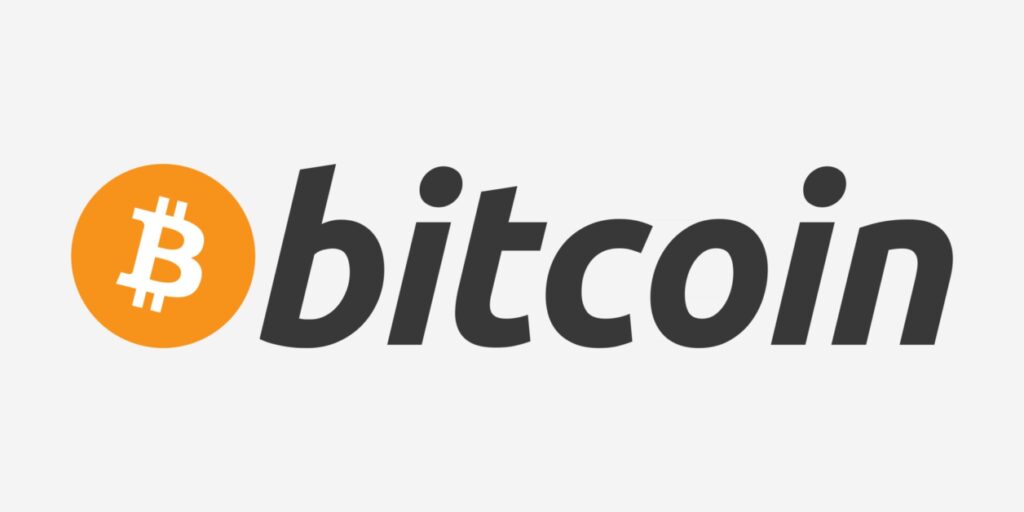Blockchain technology, known as the underlying technology behind cryptocurrencies like Bitcoin, has gained significant attention in recent years for its potential to revolutionize industries beyond just finance. One of the most promising areas where blockchain is expected to play a significant role is in the development of Web 3.0 – the next generation of the internet. In this article, we will explore the potential of blockchain technology in Web 3.0 and its implications for the future of the internet.
Blockchain is a distributed ledger technology that enables secure, transparent, and decentralized transactions and record-keeping. It operates on a peer-to-peer network of nodes, where each node stores a copy of the blockchain, making it highly resistant to tampering or manipulation. These inherent features of blockchain make it a promising technology for building the foundation of Web 3.0.
One of the potential use cases of blockchain in Web 3.0 is in creating a decentralized internet infrastructure. In the current centralized web, a few dominant companies control and manage most of the internet’s infrastructure, including data centers, cloud services, and domain name systems. This concentration of power raises concerns about privacy, data ownership, and censorship. With blockchain, it is possible to create a decentralized and distributed infrastructure where data is stored across multiple nodes, eliminating the need for a single central authority to control or validate information. This can enhance privacy, reduce the risk of data breaches, and enable greater control and ownership of data by users.
Another potential application of blockchain in Web 3.0 is in creating decentralized identity systems. In the current web, users often have to create and manage multiple online accounts with different usernames and passwords, leading to issues such as identity theft, fraud, and lack of privacy. Blockchain can provide a secure and decentralized way to manage digital identities, where users can have ownership and control over their identity information. This can enable greater privacy, security, and interoperability across different online platforms and services.
Blockchain can also enable new models of content creation, distribution, and monetization in Web 3.0. Currently, content creators often rely on centralized platforms that take a significant portion of their earnings and have control over content distribution. With blockchain, content creators can tokenize their digital assets, such as art, music, or written content, and sell them directly to consumers without the need for intermediaries. This can enable more direct and transparent interactions between creators and consumers, as well as new revenue streams through decentralized marketplaces and royalties.
Smart contracts, which are self-executing agreements written in code and stored on the blockchain, are another potential application of blockchain in Web 3.0. Smart contracts can enable decentralized, automated, and transparent interactions between parties without the need for intermediaries. They can be used for various applications, such as supply chain management, voting systems, intellectual property rights, and decentralized applications (dApps). Smart contracts can enable greater efficiency, transparency, and trust in Web 3.0, as well as reduce the reliance on traditional legal systems.
However, there are also challenges and limitations of blockchain technology in Web 3.0. Scalability, interoperability, and user experience are some of the technical challenges that need to be addressed for widespread adoption of blockchain in Web 3.0. Regulatory and legal issues, such as data privacy, security, and governance, also need to be considered. Moreover, blockchain is still a relatively nascent technology, and its potential in Web 3.0 is still being explored and developed.
In conclusion, blockchain technology has the potential to play a significant role in shaping the future of the internet in the form of Web 3.0. Its decentralized, transparent, and secure nature can enable new possibilities for privacy, ownership, content creation, and peer-to-peer interactions. However, challenges and limitations exist, and further research,


